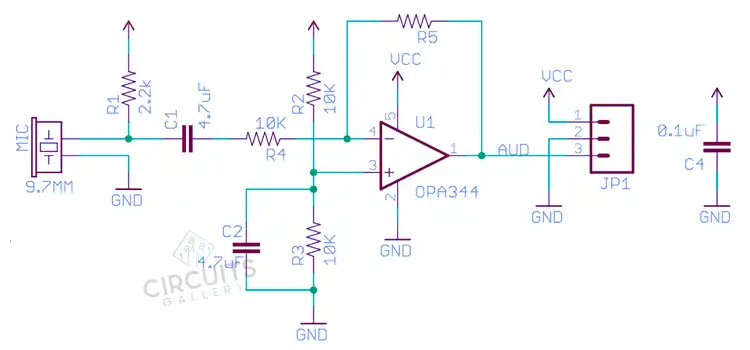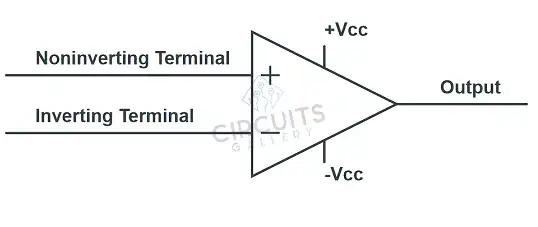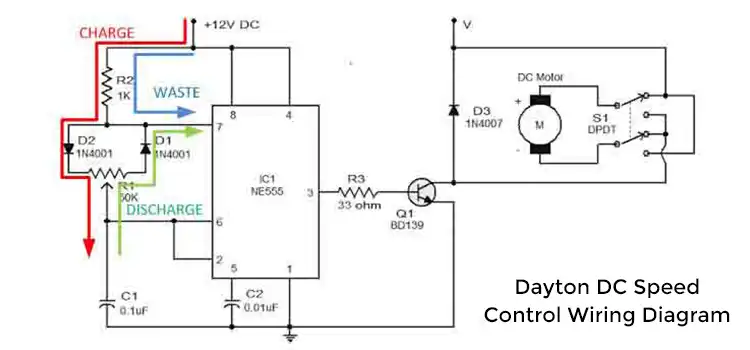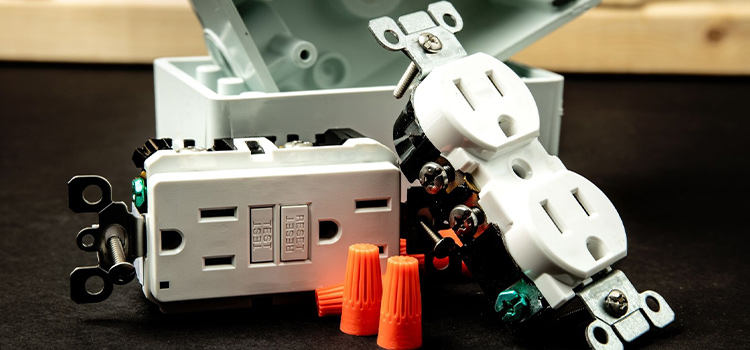What is the Difference Between Op-Amp and Audio Amp? Detailed Comparison
An audio amplifier is designed specifically for amplifying audio signals, ensuring high-fidelity sound reproduction. In contrast, an operational amplifier (op-amp) is a versatile building block used in various circuits, including audio amplifiers, but also in signal processing, instrumentation, and control applications, offering precise and configurable amplification capabilities.
The following section discusses the differences between an op-amp and an audio amp.

Differences between an Op-Amp and an Audio Amp
Operational amplifiers (op-amps) and audio amplifiers, while both amplifying signals, serve different purposes and have distinct characteristics. Here are some key differences between the two:
Function and Application:
Operational Amplifier:
- Voltage Amplification: Op-amps are used to amplify voltage signals in various applications, such as audio amplification, signal conditioning, and sensor interface circuits.
- Signal Processing: Op-amps are used in control systems, analog-to-digital converters, and signal generators to execute mathematical operations such as addition, subtraction, integration, and differentiation.
- Feedback Control Systems: Op-amps regulate processes such as automation, robotics, and motor control. Signal Conditioning: Op-amps are used in instrumentation and measurement applications to prepare sensor outputs or analog signals for further processing.
- Active Filter: Op-amps are utilized to build active filters for unique filtering needs in communication systems and audio processing.
- Analog-to-Digital Conversion: Op-amps are analog signal conditioning stages in analog-to-digital converters that ensure correct signal representation during conversion.
Audio Amplifier:
- Voltage Amplification: Audio amplifiers are used to drive speakers or headphones by boosting low-level audio signals from sources like microphones, musical instruments, or audio players.
- Music production: To offer precise sound monitoring during recording and mixing sessions, audio amplifiers power studio monitors in recording studios and music production installations.
- Personal audio devices: Audio amplifiers are used in portable audio devices, including smartphones, mp3 players, and headphones, to produce amplified sound for on-the-go personal listening.
- Car Audio Systems: Audio amplifiers power speakers and subwoofers in automobile audio systems, boosting loudness and sound quality for a rich, immersive in-car music experience.
- Home Theater Systems: Home theatre systems require audio amplifiers, which power surround sound speakers to deliver a cinematic audio experience when watching films.
2. Design and Performance:
Operational Amplifier: Op-amps are designed for signal processing, mathematical operations, and control applications. They have a high open-loop voltage gain, wide frequency response, and precise feedback mechanisms. With high input impedance and low output impedance, op-amps can interface with various electronic circuits without causing significant loading effects.
Audio Amplifier: Audio amplifiers prioritize power amplification for efficient audio playback. They are optimized to have a frequency response within the audio range (typically 20 Hz to 20 kHz) and aim for low Total Harmonic Distortion (THD) and high Signal-to-Noise Ratio (SNR) to ensure clear sound reproduction. Additionally, audio amplifiers are power-efficient and consider impedance matching for speakers to ensure optimal power transfer and prevent distortion.
3. Output Power and Load Handling:
Operational Amplifier: Op-amps are voltage amplifiers, not intended to provide much power. If higher output power is needed for audio applications, they are typically used with other components like power transistors.
Audio Amplifier: Audio amplifiers are power amplifiers whose output stages are designed to deliver sufficient power to drive speakers or headphones. They are optimized for handling audio load impedance, typically in the range of 4-8 ohms for speakers.
4. Feedback and Stability:
Operational Amplifier: Op-amps are made to operate steadily when there is negative feedback. They can be customized to meet specific needs in various applications, including audio circuits, by changing their closed-loop gain and bandwidth.
Audio Amplifier: Power amplifiers with output stages built to supply enough power to drive speakers or headphones are known as audio amplifiers. They are designed to handle audio load impedance, normally between 4 and 8 ohms for speakers.
5. Frequency Response:
Operational Amplifier: Op-amps frequently have a broad bandwidth that goes beyond the audio frequency range, making them appropriate for various applications outside of audio, like high-speed signal processing.
Audio Amplifier: Audio amplifiers are designed to have a flat frequency response over the audible frequency range (20 Hz – 20 kHz) to ensure accurate sound reproduction.

Fig. 1 Circuit Diagram of Operational Amplifier.

Fig. 2 Circuit Diagram of Operational Amplifier.
Frequently Asked Questions (FAQs)
Can op-amp be used for an audio amplifier?
Answer: Yes, an op-amp can be used in audio amplifier circuits. However, op-amps alone may not provide enough power to drive speakers. They are typically used in combination with power amplification stages to achieve signal amplification and improve overall sound quality.
Why are op-amps used in audio amplifier circuits?
Answer: Op-amps are used in audio amplifier circuits for signal amplification and signal conditioning before the power amplification stage.
To conclude
The main difference between Op-Amp and Audio Amplifier lies in their functions and design characteristics. Understanding them is crucial for engineers and enthusiasts to design and implement efficient and optimized electronic circuits.
Subscribe to our newsletter
& plug into
the world of circuits





